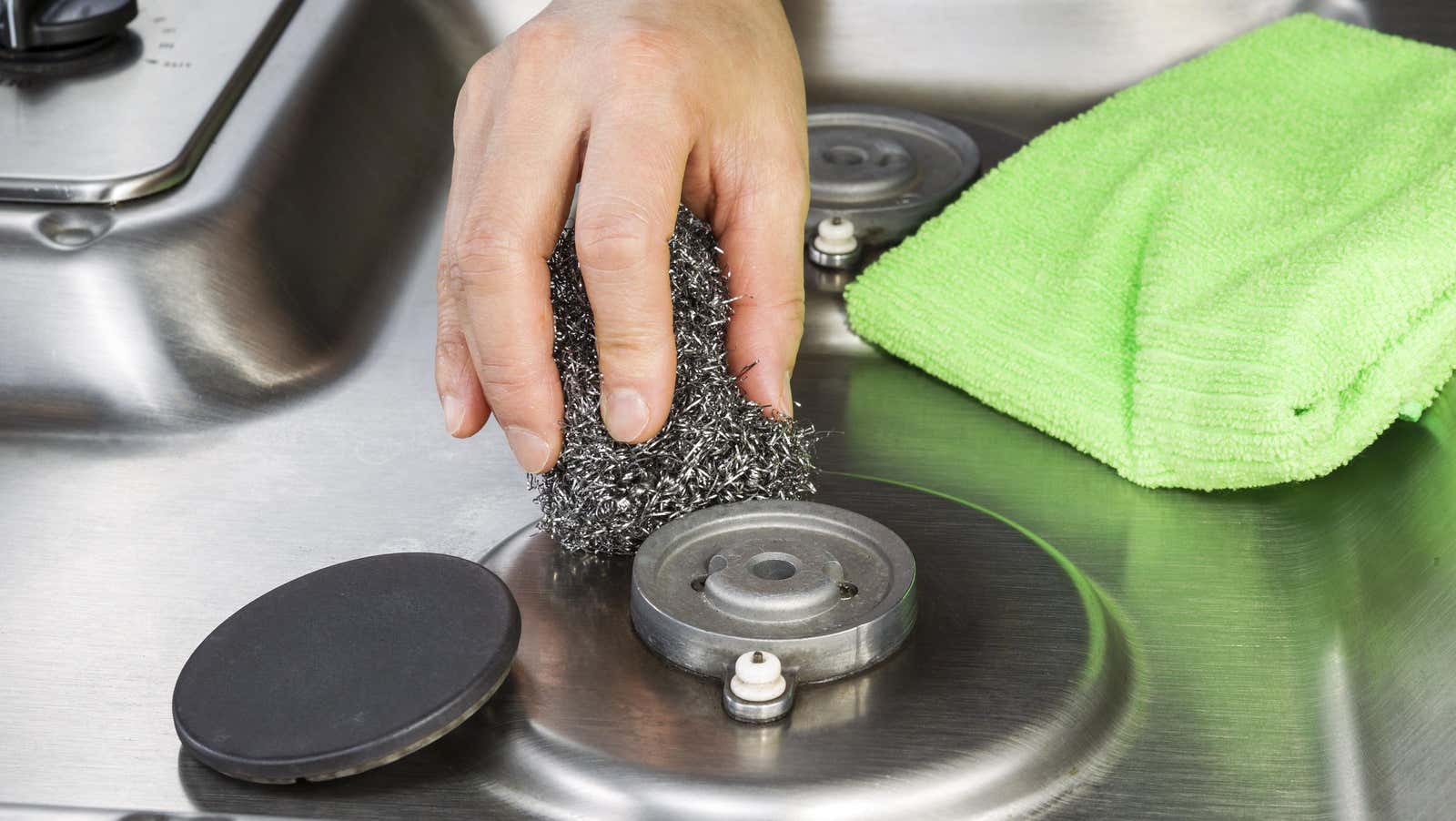How to Remove Rust From Stainless Steel Appliances

Although kitchen appliances are primarily about functionality, they are also part of our home decor. (Some might argue that the opposite is true, but it doesn’t matter how well your refrigerator matches your cabinets if it doesn’t work.) This means that, like other furniture, fixtures and colors, what counts as “stylish” , develops over time.
And for quite some time, having stainless steel finish kitchen appliances has been a preferred upgrade over the traditional plain white options – enough that it’s often mentioned on real estate listings. But as Jeff Sommers points out in this April 2022 Lifehacker article , stainless steel isn’t always the best finish for your oven, dishwasher, and refrigerator.
There are many reasons for this, but one of them is that, no matter how they are marketed, stainless steel appliances can actually rust. If this happened to you, here’s how to remove it.
Can stainless steel appliances rust?
In short, yes. A company’s marketing materials or a passionate salesperson may assure you that your new stainless steel oven will never rust, but it’s definitely possible. We’ll let GE Appliance explain:
The name “stainless steel” is a bit misleading. A more accurate description would be “Steel that is harder to paint”. The largest component of stainless steel is steel. Steel will rust.
What causes stainless steel appliances to rust?
Without going into too much detail, stainless steel contains chromium which, when exposed to oxygen, forms a thin, invisible layer (chromium oxide) that coats the entire surface of the appliance, making it resistant to stains and rust. But when this layer is damaged, moisture can reach the iron underneath, causing rust on the surface of the appliance.
More often than not, we ourselves (unintentionally) cause damage – most of the time when we clean our appliances . The following cleaners and consumables can damage the protective chromium oxide layer :
- Cleaning products containing chlorides (bleach, fluorine, chlorine, bromine, iodine, etc.)
- Cleaners containing alcohol, ammonia or white spirit ( including Windex and other glass cleaners containing ammonia)
- Cleansers containing hydrochloric acid (often found in grout cleaners)
- Any other caustic detergents
- Steel wool, dish sponges or steel brushes
Rust on stainless steel appliances can also be the result of an error in the manufacturing process .
But don’t worry: according to GE Appliance , the chromium oxide layer can “self-heal”.
How to remove rust from stainless steel appliances
Fortunately, the rust and oxidation stains that form on the surface of stainless steel appliances are usually only on the surface and are therefore relatively easy to remove. You have two options, both of which may require some effort, depending on the severity of the rust:
- Baking soda: Mix baking soda and water (about equal parts of each) into a paste. Apply with a clean cloth or soft-bristled brush, rubbing the paste in the direction of the metal fiber lines.
- Bar Keepers Friend Mild Cleanser : Apply with a clean, damp cloth or soft sponge (i.e. non-abrasive side), rubbing in the direction of the metal fiber lines until rust is gone. [ Note : Similar mild cleaners containing oxalic acid will also work, but do not use the original powdered versions: the grains of sand they contain can further damage your appliance.]
No matter what cleaner you use, when the rust is gone, wipe the area with a clean, damp cloth to rinse it off and then with a new cloth to dry it.
Finally, use a special stainless steel cleaner containing mineral oil to help protect the stainless steel’s protective layer. Alternatively, you can apply a very light coat of real mineral oil by buffing it with a clean microfiber cloth.
If you don’t have both on hand, baby oil will do as a last resort – just stay away from any edible oils (such as olive or vegetable oil) as they can go rancid .
Moving forward, keep an eye on the parts of your appliance that have developed rust – they are prone to rust again .